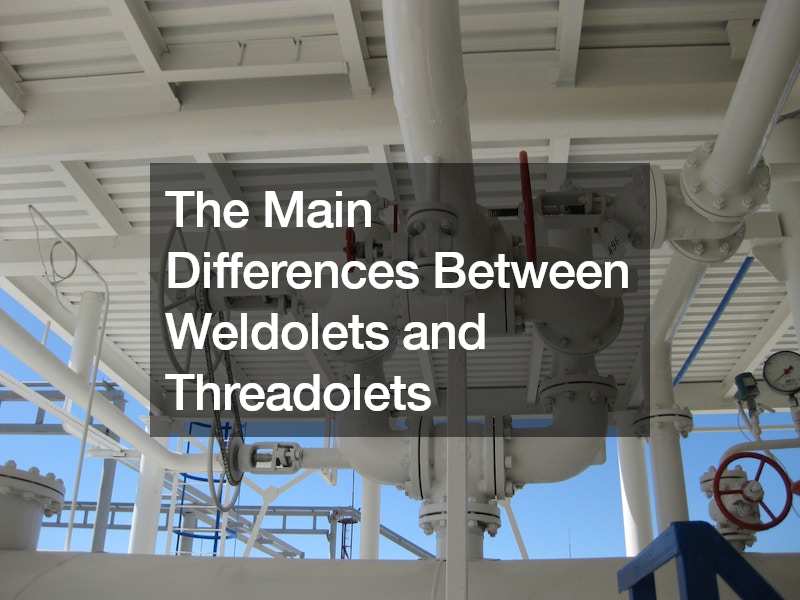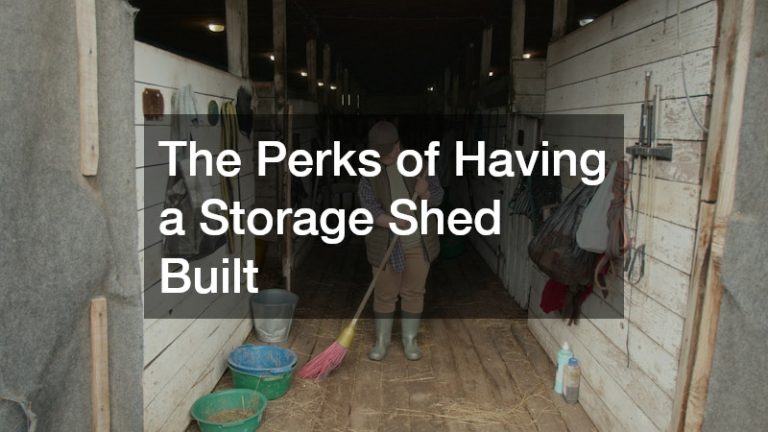

The complexities of a piping system can only be understood by a professional plumber. This is because, for a regular person, weldolets and threadolets may appear to be the same things. However, the two are different piping fittings that serve similar purposes but with contrasting features, as discussed in the video. Surprisingly, their contrast lies in their method of connection.
But how?
Weldolets going by their name are welded onto pipes. As a result, they provide a robust and durable connection to the general piping system. Moreover, the welding of weldolets onto pipes makes them excellent for high-pressure uses and for sensitive systems where leakages are not acceptable. Furthermore, it is important to note that welded connections guarantee dependability and longevity, making them a popular option for industries that deal with oil and gas, chemical, and power production.
On the other hand, threadolets are attached to the pipe using threads, through a screw connection. Compared to weldolets, the installation process of threadolets is much easier and simpler. This way, it ensures they can be screwed onto the pipe minus the need for welding equipment. Moreover, for a piping system that needs frequent disassembling, threadolets are the ideal option. Or, on occasions when welding is impracticable and unwanted.
Take note that the overall difference between threadolets and weldolets is their connection surfaces. As such, having a full understanding of these distinctions is essential when selecting an appropriate fitting for a given piping system.
.



